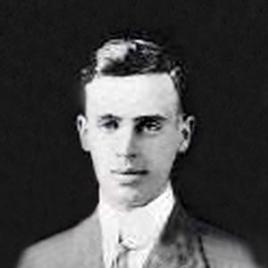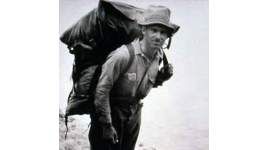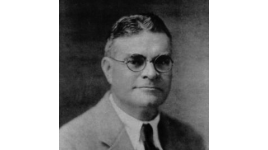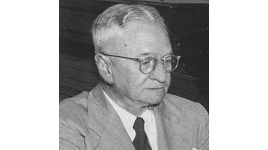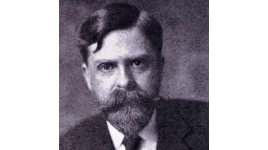Pioneer Information
Born in Iowa, Culley received his B.S. in 1913 from Massachusetts Agricultural College where he was a student of Frank Waugh, and an M.L.A. from Harvard in 1914 where he studied under Henry Hubbard and James Pray. That same year he established the first formal landscape architecture curriculum at Iowa State Agricultural College, where he headed the Department of Landscape Architecture and served as Chief of Landscape Architecture for the Iowa State Experiment Station.
In 1920, at the recommendation of former student Arthur Carhart, Culley was contracted by the San Isabel Public Recreation Association of Colorado to supervise the implementation of a general recreation plan for the San Isabel National Forest. There he oversaw the design and construction of Squirrel Creek Campground and Cascade Trail, the first sites of their kind designed and built by a landscape architect in the National Forest System.
In 1922 Culley partnered with Carhart and Harvard classmate Irwin J. McCrary to form McCrary, Culley, and Carhart in Denver. Soon the largest firm in the Rocky Mountain region, the firm’s projects include: the city plan for Casper, Wyoming; the Wellshire subdivision in Denver, Colorado; and zoning plans for Cheyenne, Wyoming. Culley worked on the construction of parks throughout the Western U.S. through the 1930s as part of the Emergency Conservation Works Program. His most notable park design was Pueblo Mountain, which he designed with Carhart from 1926 to 1942.




